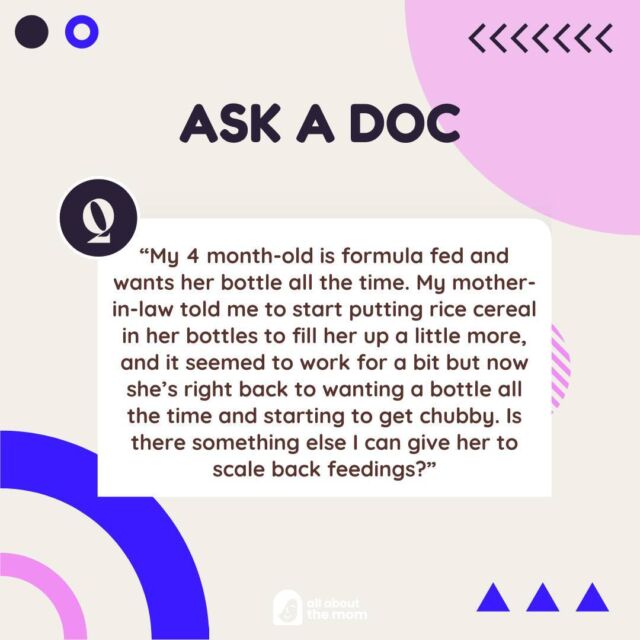Everyone talks about sleep “regressions.” What is a “regression” and how long does it last? What can I do to help my baby through the time of transition?
The simple answer to this question is that a sleep regression is a shift in your baby’s sleep patterns, often causing them to wake up often during the night and have a hard time going back to sleep. The first one we usually see occurs around 4 months of age.
A newborn cycles between “active” and “deep” sleep (also known as REM and non-REM sleep), but does not have the distinctive stages of sleep she will have as she grows older and her brain matures. Newborns spend a lot of time in deep sleep, which you may have experienced in the early days attempting to wake a sleepy baby to eat. By contrast, in active sleep, newborns startle and wake more easily, which is one reason swaddling can be so helpful.
We all move in and out of active and deep sleep throughout a sleep period. Adults may reposition a pillow or adjust the covers and return to sleep, possibly not even remembering it the next day. Before our little one’s sleep regression, we may have rocked or patted our baby, or replugged a pacifier – something to help her return to sleep easily. Around the fourth month, however, your baby’s sleep patterns are more like an adult. Now when she falls asleep, she does not enter deep sleep right away, and if she’s laid down before she enters deep sleep she will likely wake up. This is where parents find themselves starting the process all over again and again, trying to get their baby to go back to sleep and stay asleep.
Baby sleep regressions usually last a few weeks — the time it takes your little one to get used to a new routine or to recover from an illness — though the exact amount of time may vary from baby to baby.
The best way to move through a regression is by maintaining consistent and age-appropriate routines around your little one’s sleep. You may need to shift your baby’s schedule to ensure she is getting the right amount of daytime sleep and going down at the appropriate time at night. This might be a great time to consider talking with an infant sleep expert for some customized support. Most importantly, be patient and keep a sense of humor. This too shall pass.
















